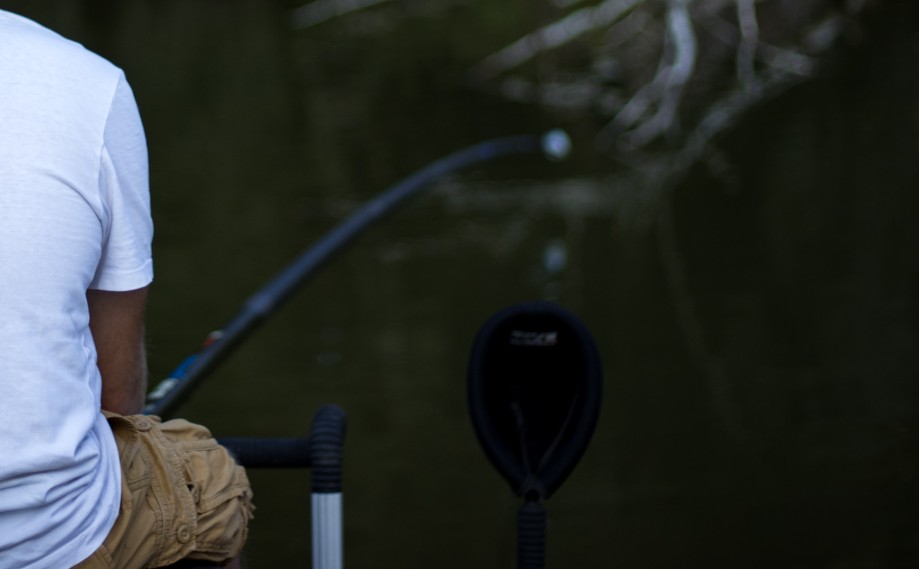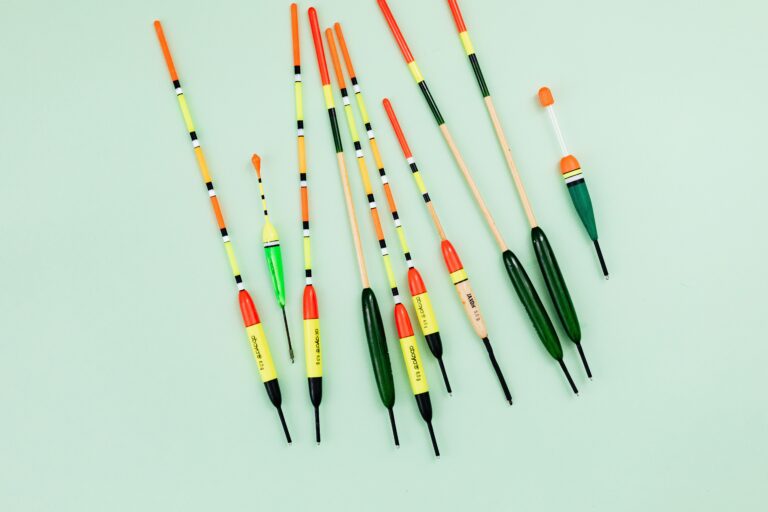Pole Fishing is an exciting and rewarding fishing experience that brings you closer to the water and allows for a more intimate connection with nature. Pole fishing is an exciting angling method that continues to captivate anglers of all skill levels around the world. In this comprehensive guide, we will delve into the fascinating world of pole fishing, providing you with the knowledge and techniques to become a skilled pole angler.
Table of Contents
What is Pole Fishing?
Pole fishing, also known as pole angling or pole and line fishing, is a method of fishing that involves using a long, sturdy fishing pole to present bait and catch fish. Unlike traditional rod and reel fishing, pole fishing does not involve casting. Instead, the bait is lowered gently into the water, allowing for a more precise and delicate presentation.
The Advantages of Pole Fishing
- Simplicity: Pole fishing is renowned for its simplicity. With minimal gear and setup required, it’s an accessible option for beginners and experienced anglers alike.
- Accuracy: Since you don’t cast the bait, you have better control over where it lands, which is especially advantageous when fishing in tight spots or near obstacles.
- Silent Approach: The lack of casting noise means you can approach the water silently, reducing the chances of spooking the fish.
- Catching Small Fish: Pole fishing is excellent for catching smaller species, which may not be as responsive to traditional fishing methods.
- Sensitive Bites Detection: The long pole allows you to detect even the slightest bites, making it easier to know when a fish is interested in your bait.
Essential Gear for Pole Fishing
- Fishing Pole: Invest in a sturdy, lightweight pole made from materials like carbon fiber or fiberglass. The length of the pole can vary, but most beginners find a 4-7 meter (13-23 feet) pole ideal.
To see more information on Fishing Poles take a look at our article.
- Fishing Pole Elastic: A crucial addition to your essential gear for pole fishing, elastic is used to provide the necessary flexibility and control while playing and landing larger fish.
Have a look at our Fishing Pole Elastic article for an overview of elastics.
- Fishing Line: Use a strong, low-diameter fishing line to reduce water resistance and improve sensitivity. Both monofilament and fluorocarbon lines are favoured options.
- Floats: Attach a float (also known as a bobber) to your line to indicate when a fish is biting. There are various types of floats available, so experiment to find the one that suits your fishing style.
- Hooks: Match the size of your hooks to the species you’re targeting. Remember to use barbless hooks if you plan on catch-and-release fishing.
- Bait: Research the types of bait preferred by the fish species in your area. Common options include worms, maggots, pellets, and corn.
- Landing Net: A landing net is essential for safely bringing the fish out of the water and into your hands.
Pole Fishing Techniques
- Plumbing the Depth: Before you start fishing, use your pole to determine the depth of the water. This will help you adjust the length of your line and position your bait at the right level.
- Shotting Patterns: Attach small weights called shot to the line to control the depth and presentation of your bait. Experiment with different shotting patterns until you find the best setup.
- Feeding the Swim: Attract fish to your fishing area by introducing small amounts of bait regularly. This technique, called feeding the swim, encourages fish to stay in the area, increasing your chances of catching them.
- Striking and Landing: When you detect a bite, strike by raising the pole quickly. Once you’ve hooked the fish, use your landing net to bring it safely out of the water.
Summary
Pole fishing offers a fulfilling and immersive angling experience, allowing you to connect with nature and enjoy the peacefulness of the water. With its simplicity, precision, and effectiveness in catching various species, it’s no wonder that pole fishing has remained a beloved fishing method through the ages.
Whether you’re a seasoned angler or a beginner looking to embark on a new fishing adventure, pole fishing has something to offer everyone. So, gather your gear, choose your fishing spot wisely, and get ready to experience the joy of pole fishing! Happy angling!




